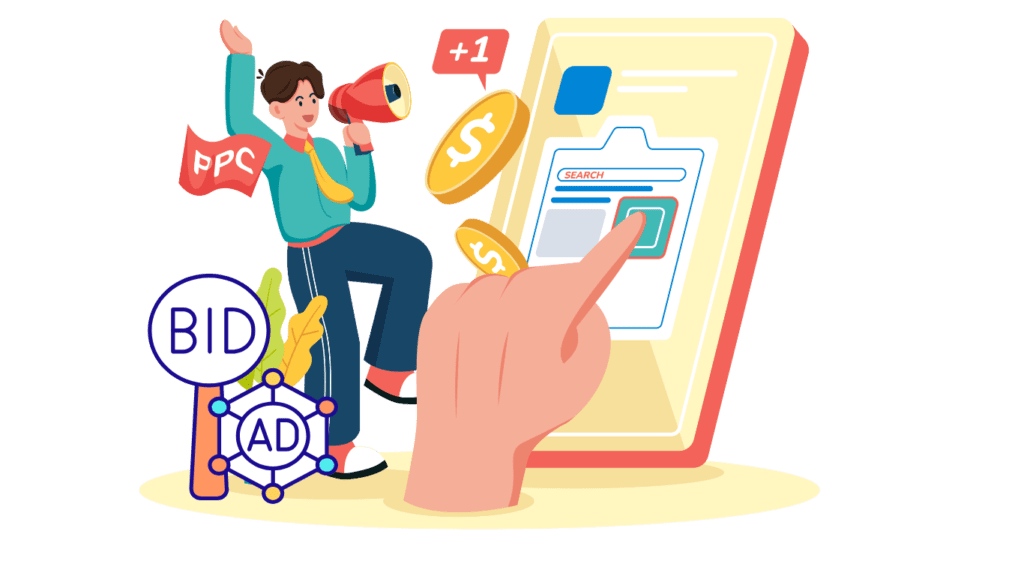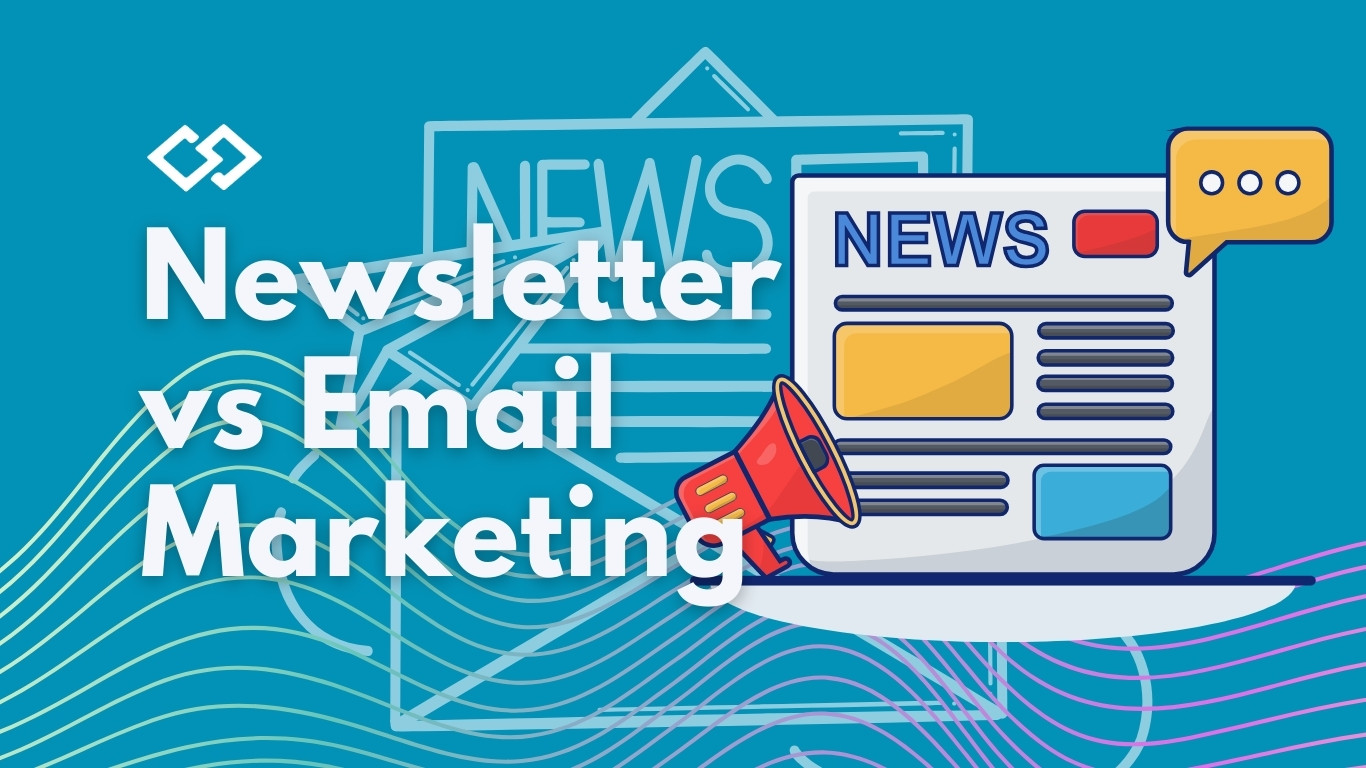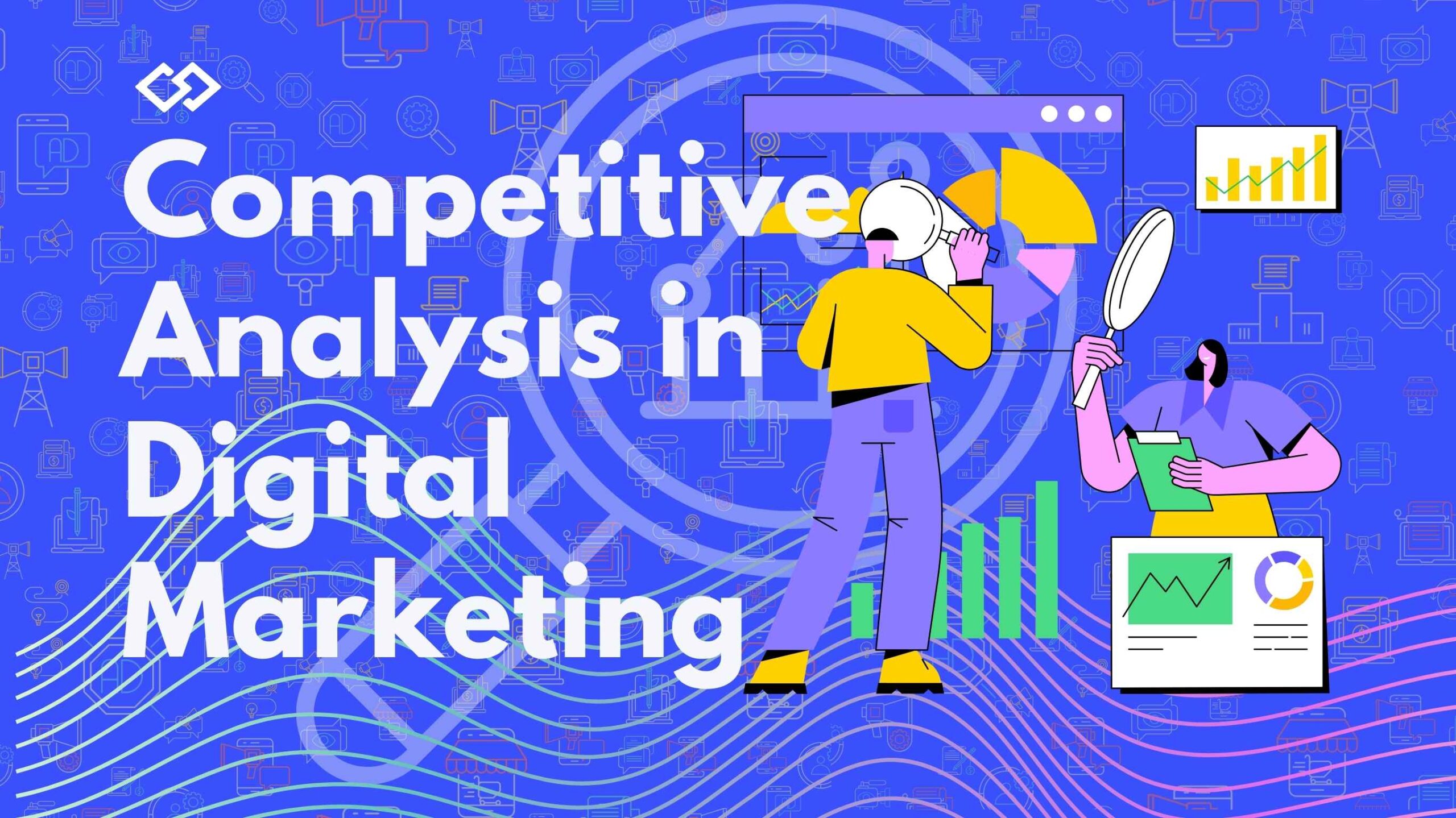How the Facebook ads algorithm work?
Fast forward to Facebook ads algorithm worked 10 years ago don’t work the same; 10 years ago, there was less competition in the marketplace; showing your ads to someone’s newsfeed was pretty easy back then, but now, in the growing red ocean, the Facebook ads algorithm changed drastically over the year If you don’t understand the how the algorithm works, you might wasting your time, you should not waste creating or targeting an ad or might waste your money in the process, you can not build a loyal customer for your brand if you don’t understand the market strategy. First, we will discuss how Facebook shows your ads to a desired customer.
Total value (TV):
Total value is an imaginary score Facebook provides to the ads campaign you are running; the higher the total value of your ads campaign, the better it will perform and reach the customer. Facebook gives the TV score based on 3 parameters:
- Advertiser BID.
- Estimated Action.
- content quality of relevance and quality
Let’s describe each section in more detail to maximize your TV score.
1.Advertiser BID:

Advertiser Bid means the amount of money you are paying to Facebook to show your product to the customer; the more you pay Facebook, the better your TV score will get. Suppose you are selling a specific type of product or service. That’s why you created a video or image content to promote your product or service in the Facebook ads; you are trying to target a specific region or age, gender type audience with video or image ads; the problem is your competitor who is also in the same niche as you, Also trying to sell the same product or service to the same type of people you are trying to target, The ad content quality you created and the content quality your competitor created is likely to be exact, in this case, the content quality score Facebook will give is expected to be precise, the question is who’s ad Facebook is going to show to the audience first, the question is quite simple if the content quality likely to be exact the person who paid more than other person ads will show up to the customer news feed first,
There is another example: if your ad content quality is not that great and your ad is not getting the engagement you want, then to compete with a competitor whose ad quality is much better than you and gets more engagement (likes, comments, shares), you can also rish up your bid price to top-up your TV, But a proper Facebook marker’s target should touch this method after improving another score factor,
2. Estimated Action:
Estimated Action means how much your ads campaign engages with the audience. Like, share, comment, and click matter for estimated action score. Thedvanceadvancedooked your content quality would ensure you get likes, shares, and comments, which adds up the score. Facebook Relevance and quality: ok, you get an idea, “Hey, this ad is getting a lot of attraction, maybe the content type is engaging with the people, people like it, you should show this ad to more people.”
3. relevance and quality

This is the place where you can show your skills. There was a time when we spent a lot of time in detailed targeting, but in this AI age, that section is almost automatic. Facebook algorithm AI is becoming much more advanced than ever; they know who to show your ad and who will buy your product. The most time and effort you should focus on is on the quality of the ad; high-quality images, engaging videos, and eye-catching graphics are crucial to capturing user attention. Facebook’s AI prioritises ads that grab people’s attention quickly, especially in a crowded news feed where you only have a second or two to make an impact. Think about vibrant colours, precise visuals, and layouts that are easy to understand. For video ads, the first three seconds are critical—if your ad hooks the user immediately, it’s more likely to be shown to similar audiences.
Crafting a Clear and Engaging Message
- Your ad copy should be straightforward, engaging, and aligned with the visuals. Users should instantly understand what’s being offered and why it matters. Avoid overloading the ad with text; Facebook’s platform favours visually clean ads that communicate their value quickly.
- Consider using storytelling techniques or clear calls-to-action (CTAs) that encourage users to take the next step. CTAs like “Learn More,” “Shop Now,” or “Sign Up” provide a straightforward direction, making it easier for the algorithm to connect your ad with users who have previously engaged with similar prompts.
Relevance Through Audience Resonance
- Facebook’s AI rewards ads that generate positive engagement (likes, comments, shares) because it interprets them as ad relevance signals. Ads that resonate with the audience will likely have lower costs and better placements. If your ad’s relevance score is high, Facebook sees it as beneficial to the user experience and will deliver it to more people.
- One way to increase relevance is by tailoring your messaging to align closely with your audience’s needs and interests. Instead of reaching as many people as possible, focus on how well your message fits the audience. For instance, if you’re promoting a product in Bangladesh, consider local cultural elements, pain points, or trending interests that would make your ad feel particularly relatable.
Consistency and Testing for Continuous Improvement
- Since Facebook’s algorithm values consistency, it is beneficial to issue ad creative that aligns with your brand’s established voice and style. Repeatedly refreshing your creatives and testing new formats, copy, and visuals is essential to keeping engagement high.
- Run A/B tests to see which versions perform better, gathering insights to refine future ads. The algorithm is responsive to changes in ad performance, so a well-tested, high-performing ad will get more impressions at a lower cost.
Ultimately, focusing on creating high-quality, relevant ads taps into Facebook’s most powerful asset—its AI’s ability to find the right users for your message. When ads are well-designed and meaningful to users, they naturally become more cost-effective and achieve better results. This quality-first approach leverages the platform’s intelligence, letting the algorithm do what it does best: connecting the right ad with the right audience.
Video ads perform well more than images:

Something is captivating about videos. In a world overflowing with endless posts, updates, and pictures, a well-crafted video can stop a user mid-scroll, making them lean in, laugh, or feel a spark of curiosity. Facebook’s algorithm understands this power, and that’s why video ads often steal the spotlight from static images.
Imagine you’re scrolling through your feed—there are tons of posts and a swirl of visuals, and then suddenly, a video starts playing. It’s colourful; it moves; maybe there’s music or dialogue—it draws you in before you’ve even made a conscious choice. That’s the magic of video. It takes less than a second for a video to hook a viewer, and once it does, people are far more likely to watch and absorb its message.
The Facebook algorithm constantly searches for what captures user interest, and videos dominate this area. The algorithm rewards content that stops people in their tracks, and videos, with their movement, sound, and storytelling capabilities, are perfectly designed to do just that.
Collusion: That’s about the TV score, but if you give Facebook your existing customer data, its AI digs deep into that information and analyzes every detail, from user behaviors to purchase patterns. This data fuels Facebook’s powerful machine learning model, enabling it to identify and reach potential customers with interests, behaviors, and buying habits similar to your current customers. Essentially, the more you feed Facebook data, the better its AI becomes at understanding the audience you aim to attract.
Think of it as building a feedback loop. Every piece of data you provide sharpens Facebook’s accuracy in delivering your ad to the right people—those most likely to click, engage, and convert. And it doesn’t just stop there. Facebook’s AI learns in real-time, analyzing which users are reacting positively to your ads and adjusting its targeting to focus on similar profiles, refining your audience with every impression.
This process, often called lookalike targeting, is like handing Facebook a blueprint of your ideal customer. Over time, as the AI becomes even more attuned to what resonates with this audience, your campaigns become increasingly influential, and your reach becomes more precise. You’re saving on ad spend and shortening the journey from ad impression to conversion. This data-driven approach helps the algorithm serve ads that feel almost personally tailored to each user—boosting relevance, reducing ad fatigue, and ultimately leading to faster sales growth.
The more data you feed the AI, the more it can analyze not just the demographics but also the nuanced preferences and purchasing triggers within your niche. It’s like giving Facebook a sixth sense for finding hidden connections between potential customers and your brand, speeding up the sales cycle, and fostering brand loyalty among the right audience.





